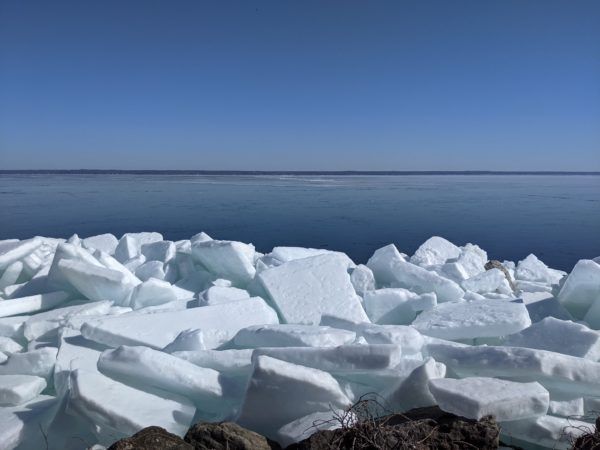Lakes in the Northern Hemisphere are warming six times faster since 1992 than any other time period in the last 100 years, research led by York University has found.
Lake Superior, the most northern of the Great Lakes which straddles the Canada/United States border, is one of the fastest warming lakes, losing more than two months of ice cover since ice conditions started being recorded in 1857. In Lake Suwa, in Japan, ice formed close to 26 days later per century since 1897 and is now only freezing twice every decade, while Grand Traverse Bay in Lake Michigan had one of the fastest ice-off trends, melting about 16 days earlier per century.
“We found that lakes are losing on average 17 days of ice cover per century. Alarmingly, what we found is that warming in the past 25 years, from 1992 to 2016, was six times faster than any other period in the last 100 years,” says Associate Professor Sapna Sharma of the Faculty of Science at York University, who led the study with Professor David Richardson of the State University of New York at New Paltz and climate scientist Iestyn Woolway, PhD, of the European Space Agency Climate Office, United Kingdom.
Read more at: York University
Ice breaking up on Oneida Lake in New York in the spring of 2021. (Photo Credit: Professor Lars Rudstam, Cornell University)


